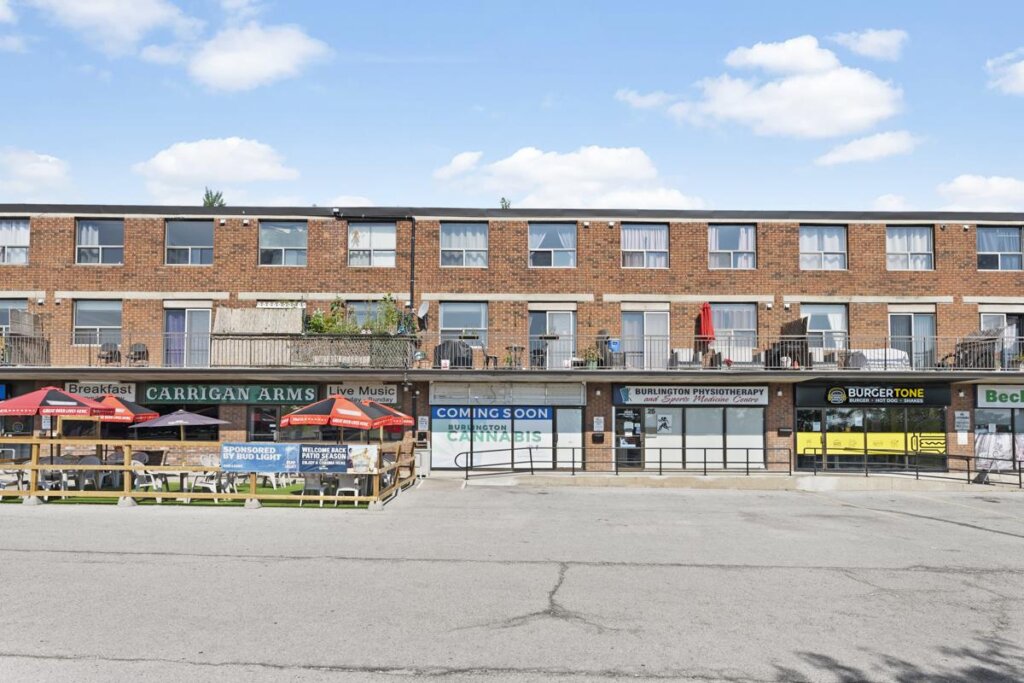
How Much Is My Apartment Building Worth in Southern California?
Learn how to value your multifamily property in California using cap rates, NOI, and real-world investor math—without hiring an appraiser.
apartment-building-value-southern-california
What Is My Apartment Building Really Worth?
Thinking about selling your small apartment building—but not sure what it’s worth? You’re not alone. For many Southern California landlords, the property’s value is unclear until the moment a buyer makes an offer. But understanding how multifamily buildings are valued can help you make smarter decisions—whether you’re selling, refinancing, or just weighing your options.
—
Why Apartment Buildings Aren’t Priced Like Houses
Unlike single-family homes, which are based mostly on comparable sales (“comps”), multifamily buildings are valued primarily on the **income they produce**. This method is called the **Income Approach**—and it’s how most buyers, lenders, and investors evaluate value.
The Core Formula: NOI ÷ Cap Rate = Property Value
Let’s break it down:
🔹 Net Operating Income (NOI)
This is your **gross rental income minus operating expenses** (not including mortgage payments). Common expenses include taxes, insurance, repairs, property management, and utilities.
**Example:**
* Annual Rental Income: \$120,000
* Operating Expenses: \$55,000
* **NOI = \$65,000**
### 🔹 Cap Rate (Capitalization Rate)
This is the expected return an investor wants based on property type and location. In Southern California, cap rates typically range from **4%–6%**, depending on the city, neighborhood, and building condition.
**Investor Math Example:**
If your building generates \$65,000 in NOI and investors are buying at a 5% cap rate:
$65,000 ÷ 0.06 = $ 1,083,000 property value
—
What Impacts the Value of Your Building?
Location: Properties in cities like San Diego, San Francisco, Los Angeles, Ventura, and Santa Barbara will have different cap rates than those in Lancaster, Riverside, Bakersfield, Fresno, Stockton, etc.
Unit Mix & Rent Roll: Buildings with mostly 2-bed/2-bath units tend to be worth more than those with studios or 1-bed units due to increased income potential.
Deferred Maintenance: Peeling paint, old plumbing, or outdated electric systems can drag your value down.
Tenant Quality: Are tenants paying on time? Are units vacant? Do you have rent-controlled tenants paying under-market rent? Tenants paying under market rent can significantly affect your building’s value, especially where there is rent control like the state of California.
—
What if the Building Needs Work?
Even if your building is distressed, it still holds value. Many investors (like JandJBuyers) buy properties “as-is” and factor repair costs into their offers. You don’t need to make repairs or evict tenants—we’ll take care of that.
—
Why Appraisals Can Miss the Mark
Banks sometimes use sales comps instead of actual income to appraise small multifamily buildings (2–4 units), which can skew valuations. That’s why **investor-based offers** often make more sense for mom-and-pop owners who aren’t interested in refinancing but want to exit.
—
## Final Thoughts
If you’re asking, *“What is my apartment building worth?”*—the answer starts with your NOI and the cap rate buyers in your area are using. But the real value is what someone is willing to pay—and that’s where experience matters.
—
Want a no-pressure, cash offer for your multifamily building? At JandJBuyers.com, we specialize in buying small apartments from landlords who are ready for a change. **Call us or request an offer today—no repairs, no fees, no headaches.**